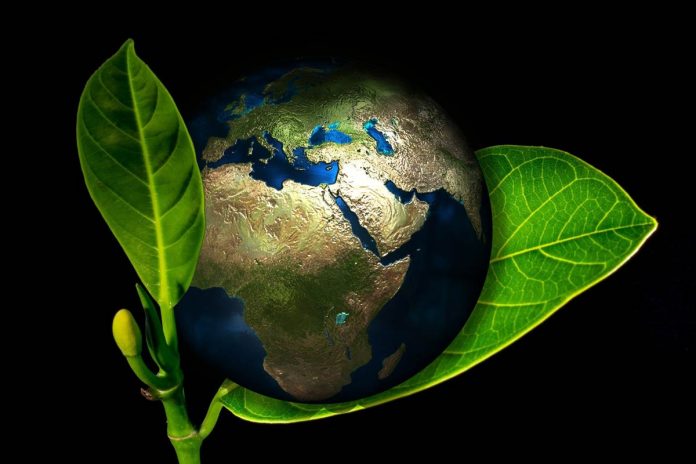An international team of researchers have identified global factors that explain the diversity of form and function in plants. University of Zurich, Max Planck Institute for Biogeochemistry in Jena and University of Leipzig researchers together have collected and analysed plant data from around the world. They showed that characteristics like plant size, structure and life span of a tree are determined by climate and soil properties. The findings of the research are crucial to improve Earth system models and the role of plant diversity.
The diversity of plant can be described by morphological, physiological and biochemical characteristics. Previous research has shown that traits across species have two main categories and a tree must maintain a balance between these two. The first is size and the second is economy of metabolism. The findings of the new research have been published in Nature Ecology and Evolution. Researchers have confirmed that the two main categories apply to all plants studied worldwide by using a global dataset for 17 plant traits.
In the size category, plants usually balance height, leaf size and seed size. These traits are also impacted by hydraulic components of water transport in plants. The economics explains how quickly and effectively the plant gains energy and biomass through photosynthesis. Economics is determined by measurable characteristics like the structure and composition of the leaves in terms of leaf area and their elemental composition. The life strategies of the plant species are well explained by these two main categories.
Scientists analysed over 20,000 species
Plant traits are impacted by external factors like climate, soil conditions and human intervention. But scientists could not determine which factors are decisive at the global level. But the new research team analysed the characteristics of over 20,000 species. Climate and soil conditions at the location of each plant were also included in the analyses.
Though most of the findings were already known to scientists from a small-scale, local studies. The research showed how the height of plant species changes along latitudes. But the economic traits of plants do not show this gradient. Soil quality is partially affected by climate and there is a latitude-independent component in information about soil. But soil information is relevant for the economic traits. Soil-forming factors includes organisms living in the soil, geology and topography, and of course time. The research has suggested that global risks to plant life needs to be explored in relation to climate change and soil erosion.

